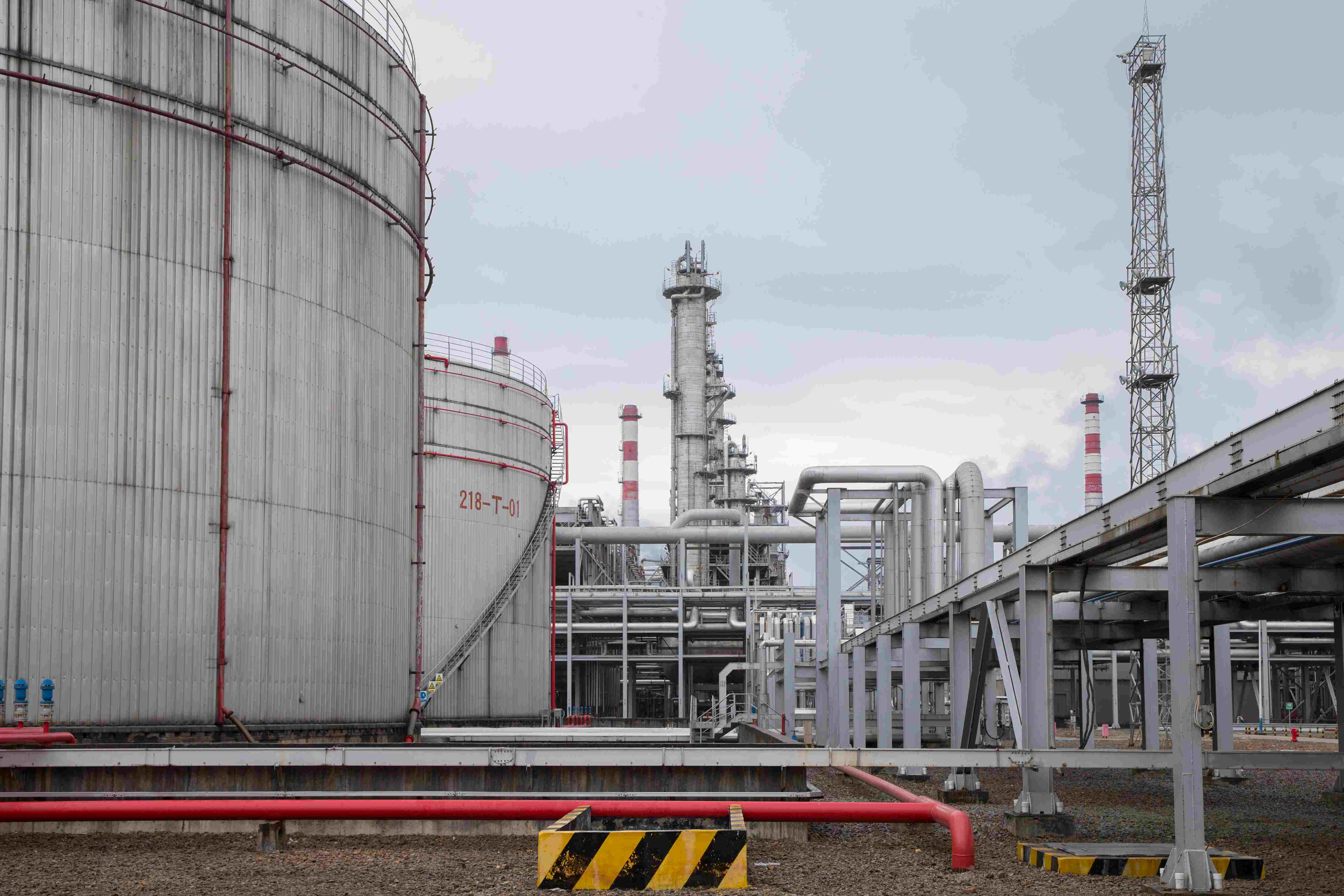No Signal, No Safety: How Hytera fixed the refinery's communications blind spot
Explosion-Proof Radio
Refineries are some of the most complex and hazardous industrial sites in the world. With sprawling infrastructure, shielded control rooms, layers of steel pipes, and explosion-prone areas, seamless communication isn't just nice to have—it's essential.
Yet, many oil & gas companies still face one invisible but dangerous issue: signal blind spots. These are the areas where radio signals are blocked, distorted, or completely lost—and they pose a serious threat to both safety and operations.

The Reality of Blind Zones in Refineries
- In a refinery, dead zones can occur in:
- Shielded rooms and enclosed steel structures
- Underground areas, such as tunnels or cable trenches
- Between tall processing units or storage tanks
- Remote corners of the facility where signal can't reach
In these areas, if a worker encounters danger or a fire alarm is triggered, delayed communication can lead to delayed response—and even disaster. In environments filled with flammable gas or toxic chemicals, every second counts.
Why Standard Communication Fails in These Areas
Standard radio systems often fail to deliver reliable coverage in refinery environments. Thick metal structures and dense pipelines obstruct signal transmission, while heavy industrial machinery generates electromagnetic interference that disrupts communication. In many cases, the absence of properly placed base stations or poor coverage planning leaves critical areas disconnected. Moreover, the use of non-intrinsically safe devices is strictly prohibited in explosion-prone zones, further limiting communication options. These blind zones not only compromise daily operations but can severely hinder emergency response, making them a hidden but urgent risk in refinery safety management.
Hytera's Solution: Coverage Without Compromise
At Hytera, we understand the refinery environment—and we design communication systems to work where others can't. Here's how we help eliminate blind spots and build true full-plant coverage:
1, DMR/TETRA Networks with Optimized Base Station Placement
Hytera's DMR and TETRA systems are engineered for complex industrial settings. With careful planning and strategic base station placement, we ensure robust voice and data communication throughout the plant—even around large tanks and tall structures.
2, DS-6250S Cube Base Station: Portable. Powerful. Built for Coverage Gaps
Refineries change. Temporary scaffolding goes up, maintenance zones shift, and new units come online. That's where the DS-6250S Cube Base Station shines. It's a compact, all-in-one DMR base station that can be rapidly deployed to cover new or temporary blind spots.
9- Ultra-portable and lightweight – deploy with minimal infrastructure
- Ideal for emergency response, maintenance shutdowns, or coverage reinforcement
- Plug-and-play design enables fast integration with existing Hytera networks
- Supports both single-site and simulcast systems
With DS-6250S, coverage follows your operation—not the other way around.
3, Bi-Directional Amplifiers (BDAs)
For shielded rooms or underground zones, Hytera's BDAs boost radio signals safely into difficult-to-reach areas. These devices enhance signal strength without risking safety or compliance.
4, Signal Couplers for Shielded Areas
Hytera's coupler solutions are designed for explosion-proof environments, extending signal coverage into shielded control rooms or metal-encased spaces.

5, Intrinsically Safe Radios for Hazardous Zones
Our range of intrinsically safe radios—including the HP79XEx, PT890Ex, and PNC460U—ensures workers can communicate clearly and safely in Zone 1 and Zone 2 environments. Each device is ATEX/IECEx certified and built to perform under pressure.
256, Visualized Dispatch and Location Tracking
When signal drops, visibility matters. Hytera's dispatch systems offer real-time location tracking, showing the last known position of any user entering a coverage risk zone—critical for fast emergency response.
Real-World Case: Full Coverage for a Petrochemical Complex in China
In a recent project at a major refinery in South China, Hytera deployed a combination of TETRA base stations, BDAs, and intrinsically safe radios to eliminate communication dead zones across a 5-square-kilometer site. Using a layered network approach, our team ensured that even shielded control rooms and basement chemical storage areas remained connected to the dispatch center—enhancing both daily operations and emergency readiness.
Blind Spots Don't Just Block Signals—They Block Safety
In refinery operations, communication isn't a luxury—it's a lifeline. Every blind spot is a potential weak link in your safety chain. With Hytera's oil & gas communication solutions, you can ensure that every part of your plant—above ground, below ground, or behind a thick wall—is fully connected, fully compliant, and fully protected.
Want to assess the coverage in your facility?
Talk to our oil & gas specialists about designing a communication system with no blind spots. Contact Us






